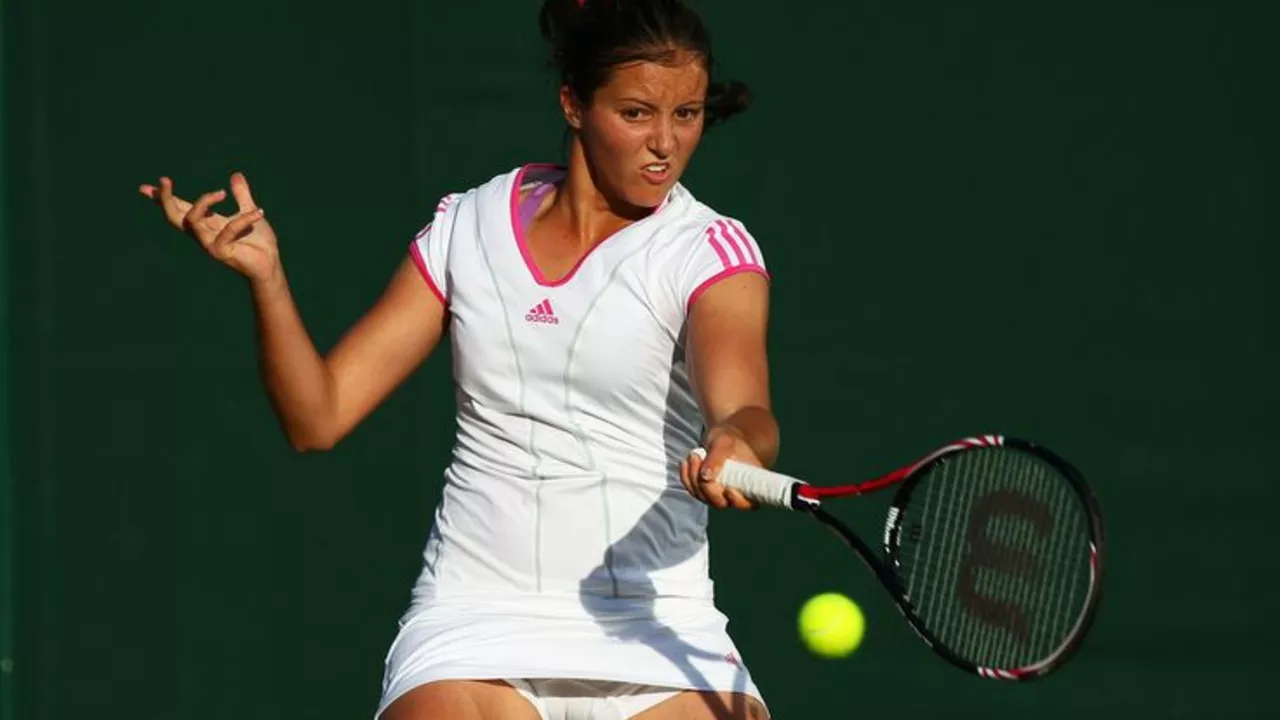Preference – Picking the Right Tennis Gear, Coaching & Tools in Gloucestershire
When it comes to tennis, your personal preference drives everything from the racket in your hand to the coach on the court. Making the right choices isn’t about following hype; it’s about matching what feels right for your skill level, budget and goals. Below are simple steps to help you decide what works best for you.
Choosing Gear That Fits Your Play Style
First off, think about how you play. If you like powerful baseline shots, a heavier frame with a thicker grip can add stability. For net‑rushing players, a lighter racket with a larger head helps generate swing speed. Test a few models at your local club – most stores let you swing for a few minutes. Notice how the balance feels; you should feel in control, not cramped.
Next, consider strings. Polyester strings give spin but can be harsh on the arm, while multifilament strings are softer and promote feel. If you’ve experienced tennis elbow, a softer string paired with a vibration‑dampening grip can cut down on pain. Don’t forget shoes – a stable, breathable pair with good lateral support keeps you steady during quick direction changes.
Finding the Right Coaching and Software
Coaching preference varies. Some players thrive with one‑on‑one lessons that focus on technique, while others enjoy group drills that add a competitive edge. Look for coaches who offer a trial session; that’s a quick way to see if their teaching style clicks with you. Ask about their experience with players at your level – a coach who’s helped beginners progress quickly will understand the steps you need.
Planning tournaments? The right web application can save you hours of admin work. A platform like Tennis‑Tournament.com lets you set up brackets, schedule matches and track scores in real time. Its live‑scoring feature lets players and fans follow along from their phones. Choose a tool that offers clear dashboards, easy player registration and reliable support – you’ll be glad you did when you’re juggling multiple events.
Finally, don’t overlook recovery preferences. After a tough match, a tennis elbow brace can provide compression and stability, reducing inflammation. Combine that with a short physiotherapy routine focused on wrist flexibility and forearm strength. Most locals find that a 10‑minute stretch after play prevents soreness and keeps the elbow ready for the next session.
In Gloucestershire, you have a vibrant tennis community to tap into. Join local meet‑ups, ask fellow players about their gear and coaching choices, and share your own experiences. Preference is personal, but it’s also shaped by what works for others around you. Use these tips as a starter, experiment, and refine your choices as you improve.
Remember, the best preference is the one that makes you enjoy the game more and play better. Keep testing, stay open to new ideas, and let your own comfort guide every decision.
Sports & Recreation

Who is your favorite female tennis player?
In my latest blog post, I share about my favorite female tennis player, who has inspired me immensely. I delve into her career highlights, her unique style of play, and her influence on the sport as a whole. I also discuss her off-court activities, showcasing her as more than just an athlete. It's fascinating to observe how she deals with the pressures of the game and her remarkable resilience. This post is a tributary salute to her, who, for me, embodies the spirit and grace of tennis.